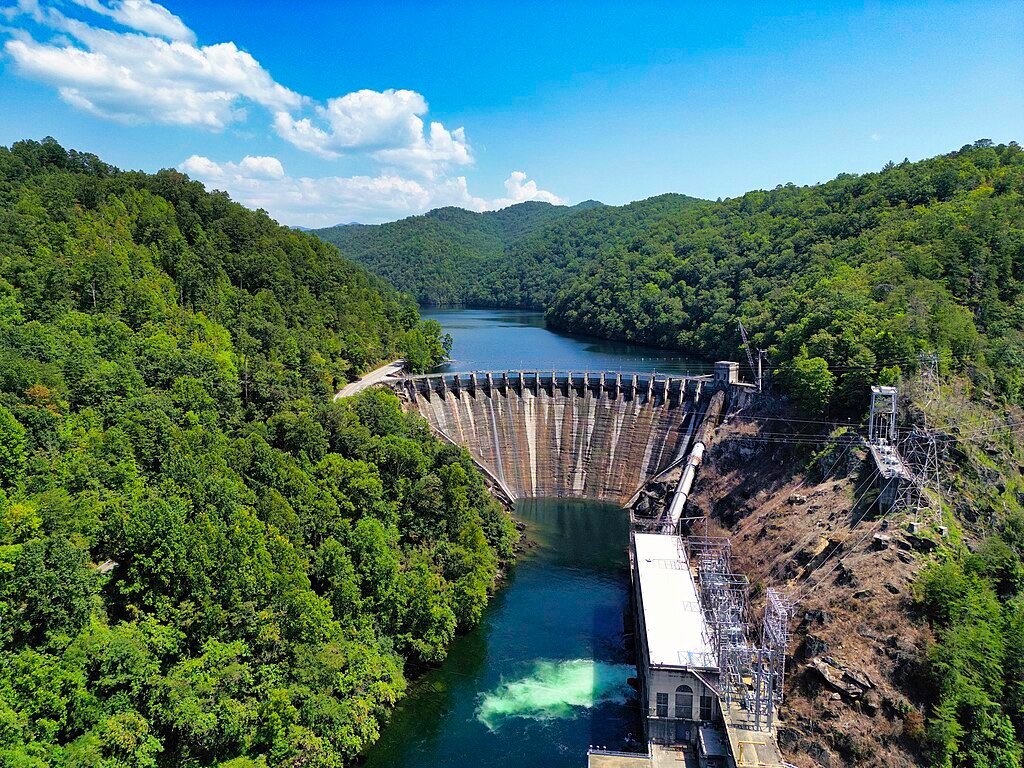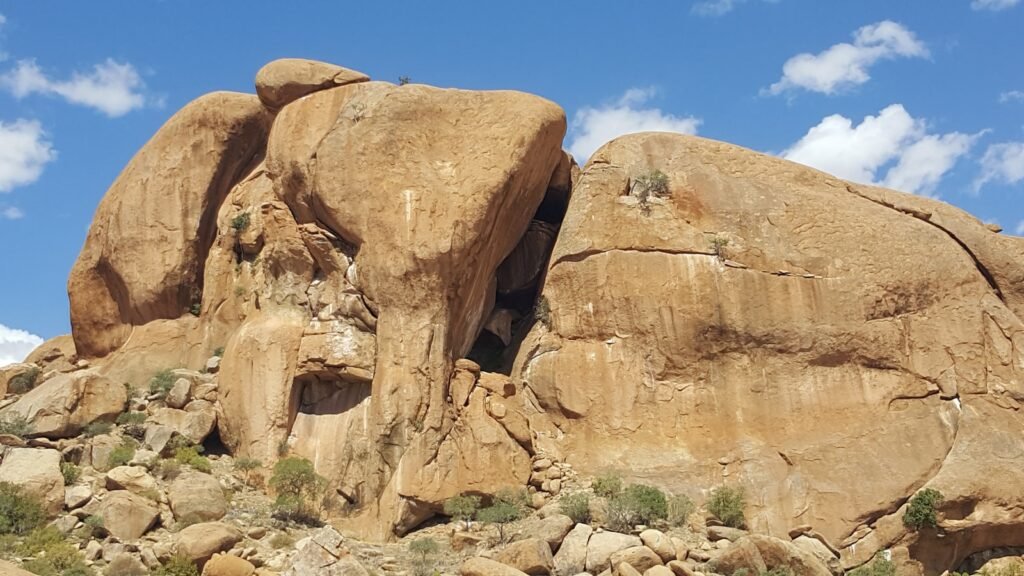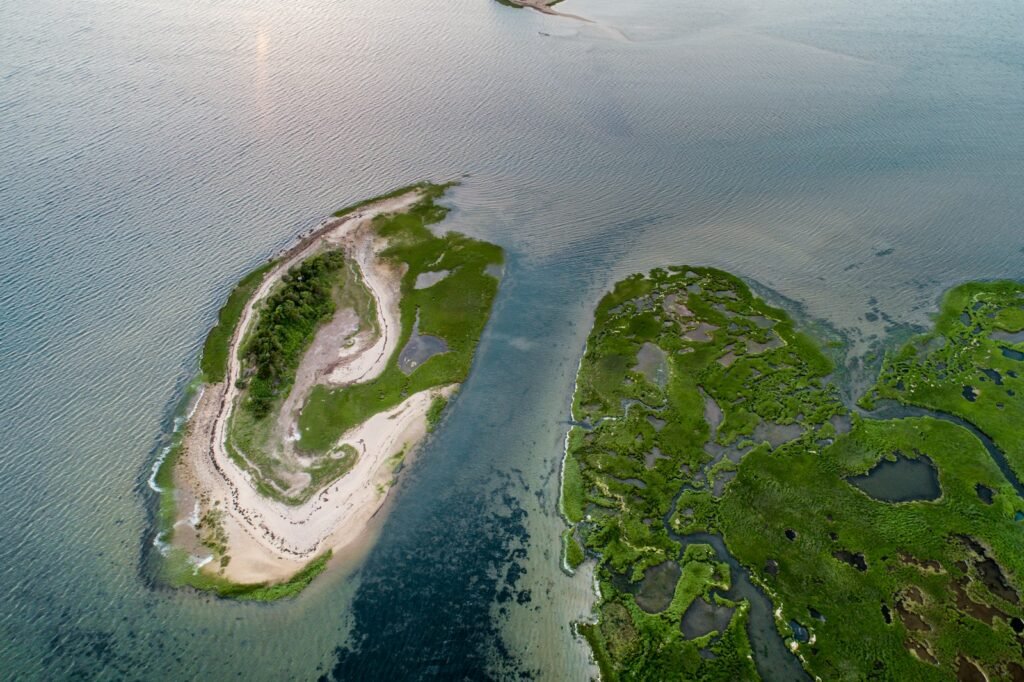New research confirms that the huge amounts of water stored behind dams have not only changed sea levels but also the planet’s axis of rotation. This shocking discovery shows how much humans have affected the Earth’s geophysical processes. A study in Geophysical Research Letters says that building dams over the past 200 years has caused the poles of the Earth to move more than a meter. This is called true polar wander. This new finding gives us a better idea of how human engineering can affect the movement of planets. It has effects on climate science, sea-level predictions, and even measurements of Earth’s shape from space.
How Water Storage Moves Earth’s Crust
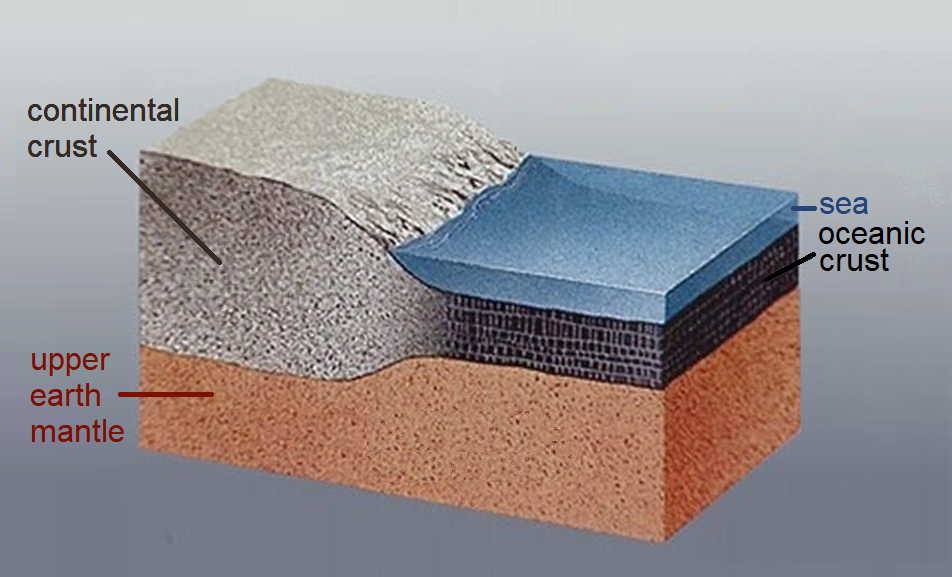
The crust is the outermost layer of the Earth. It floats on a thick mantle, which lets it move when mass is moved around, just like adding weight to a spinning top changes its balance. When people store trillions of tons of water in reservoirs, the extra weight pushes down on the crust under the dams and makes the oceans less dense, changing the balance of the Earth in a small way. Researchers think that the dams built between 1835 and 2011 hold enough water to fill the Grand Canyon twice. This is the same as a 0.9-inch (23 mm) drop in global sea levels.
This change in the flow of water has caused polar drift that can be measured:
- Phase 1 (1835–1954): Building dams in North America and Europe moved the North Pole 8 inches (20 cm) to the east along the 103rd meridian, which runs through Asia.
- Phase 2 (1954–2011): A lot of dam building in Africa and Asia changed the trend, moving the pole 22 inches (57 cm) toward the 117th meridian west (near the Pacific).
The Hidden Role of Dams in Sea-Level Rise
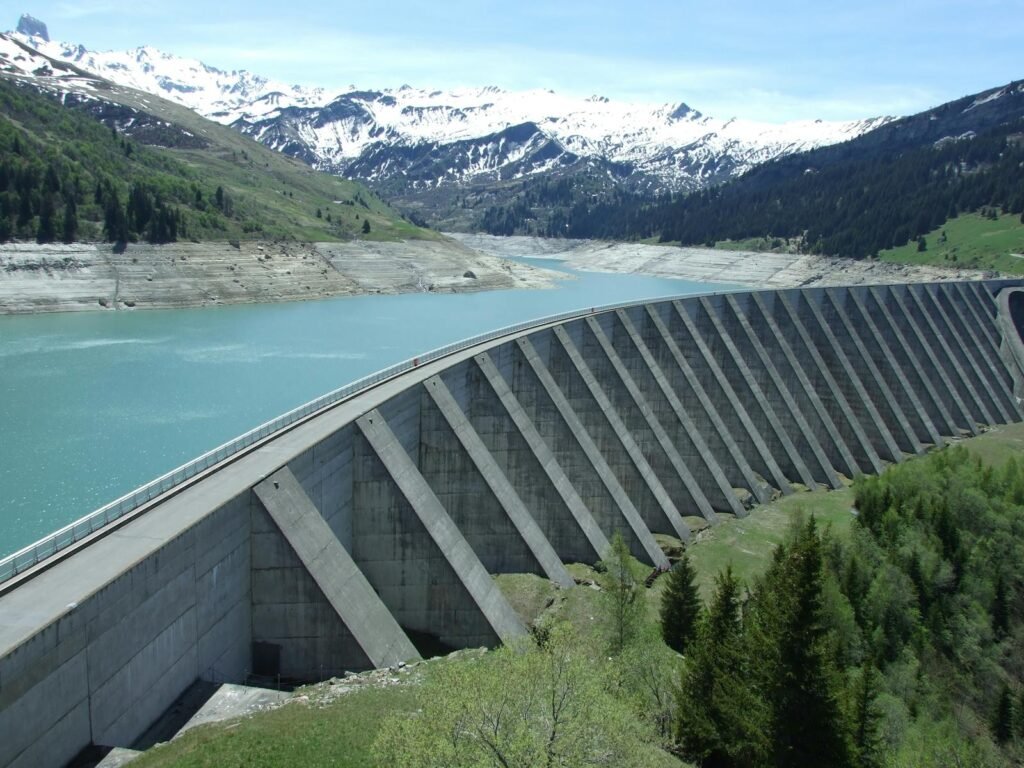
Polar wander is an interesting geophysical phenomenon, but the study brings up a more important point: dams have hidden the real rate of sea-level rise. Tide gauges, which are often near coastlines that were affected by dam-induced crustal shifts, only recorded 60% of the global sea-level drop caused by reservoirs. This means:
- In the 20th century, global sea levels rose about 10% faster than measurements showed.
- There are differences between regions: the northeastern part of North America saw a faster rise in relative sea level because it was closer to dams, while the Pacific saw slower changes.
This “missing” water could speed up future sea-level projections if dam construction slows down or reservoirs fill up with silt. This is very important for climate models.
Could Building More Dams Save Coastal Cities?
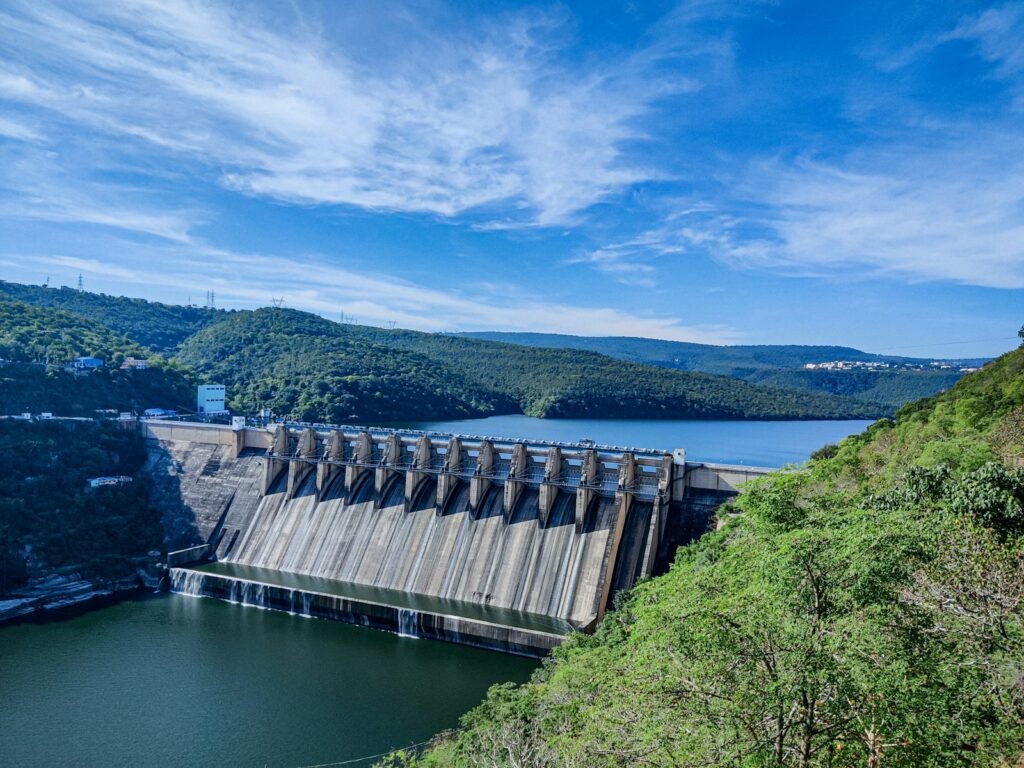
It’s not a new idea to use dams to stop the sea level from rising. A study from 2020 found that dam projects from the middle of the 20th century almost stopped rising seas for ten years by keeping water on land 26. But the size needed today is huge:
- Dams built in the 1970s slowed the rise of sea levels by 0.8 mm per year. Now, the rate is 4 mm per year.
- We would need five times as many dams as were built during the boom in the 20th century to get the same effect.
Experts like Dr. Thomas Frederikse from NASA JPL say this won’t work: “The better option is to cut CO₂ emissions faster.” 6. Meanwhile, plans like the Northern European Enclosure Dam, a 637-kilometer wall to keep rising seas at bay, show how hard engineering will be in the future.
The “Ice Age” Myth and Why It Matters
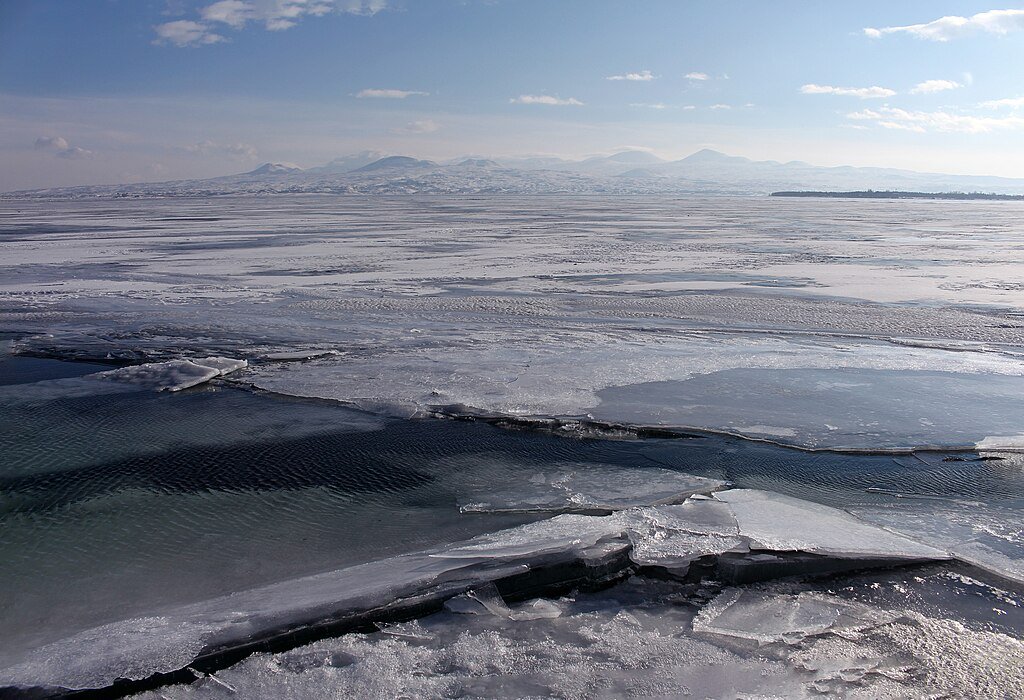
Despite rather alarming headlines, a 3.7-foot (1.1 m) polar shift is not capable of initiating an ice age, nor is it likely to affect the seasons. Nonetheless, it does make tracking climate-driven alterations:
- With regard to the melting ice sheets such as those on Greenland, there is a distinct “fingerprint” of dam-induced shifts that can obscure polar motion.
- In order to avoid bias in receiving the wrong data, terrestrial measurements of the Earth’s gravitational field, like GRACE, have to consider the water held in reservoirs.
As stated by lead author Natasha Valencic from Harvard, “These changes are small but important for precision science.”
The Future: Dams vs. Climate Change
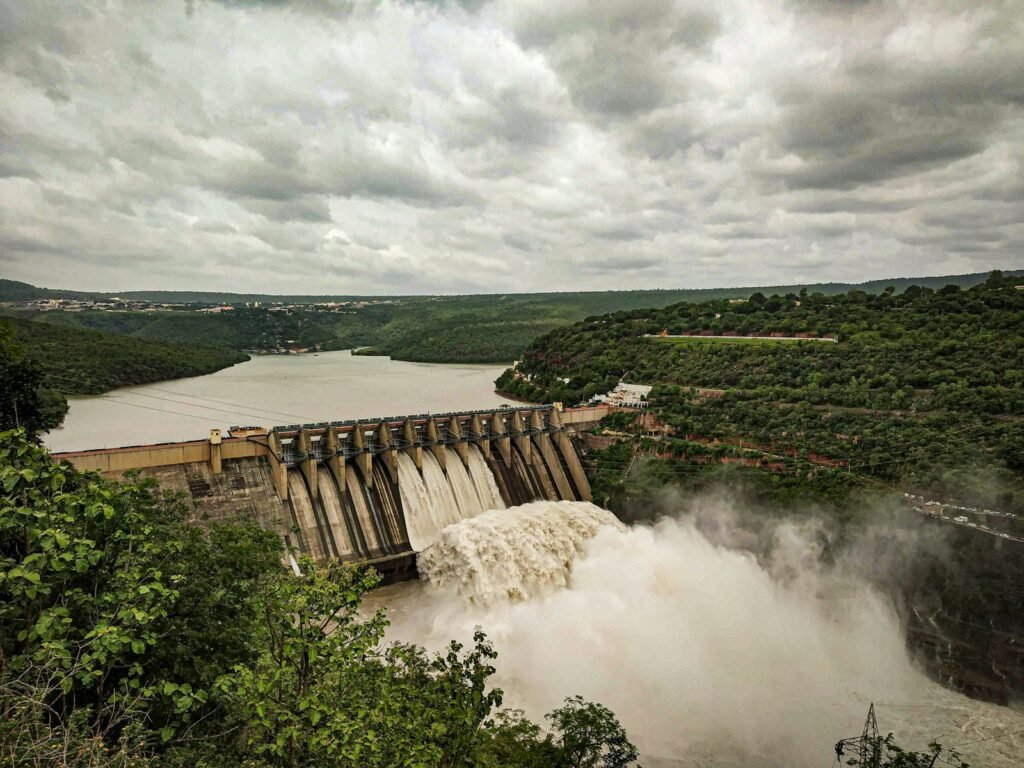
Debate over how to integrate dams into our climate change mitigation strategies is intensifying:
- Pro: According to recent studies, reservoirs under construction in developing nations will still be able to halt the rise in sea level by approximately 0.2 mm annually.
- Con: These structures have limited long-term usefulness due to their environmental impacts, which include habitat destruction, methane emissions, and sedimentation reservoirs tend to lose around one percent of their capacity each year due to sediment build-up.
Amid accelerating climate change, the interrelationship between water storage systems, polar wander, and sea levels is bound to grow increasingly intricate as glacier melting intensifies.
Conclusion: A Planet Reshaped by Human Hands
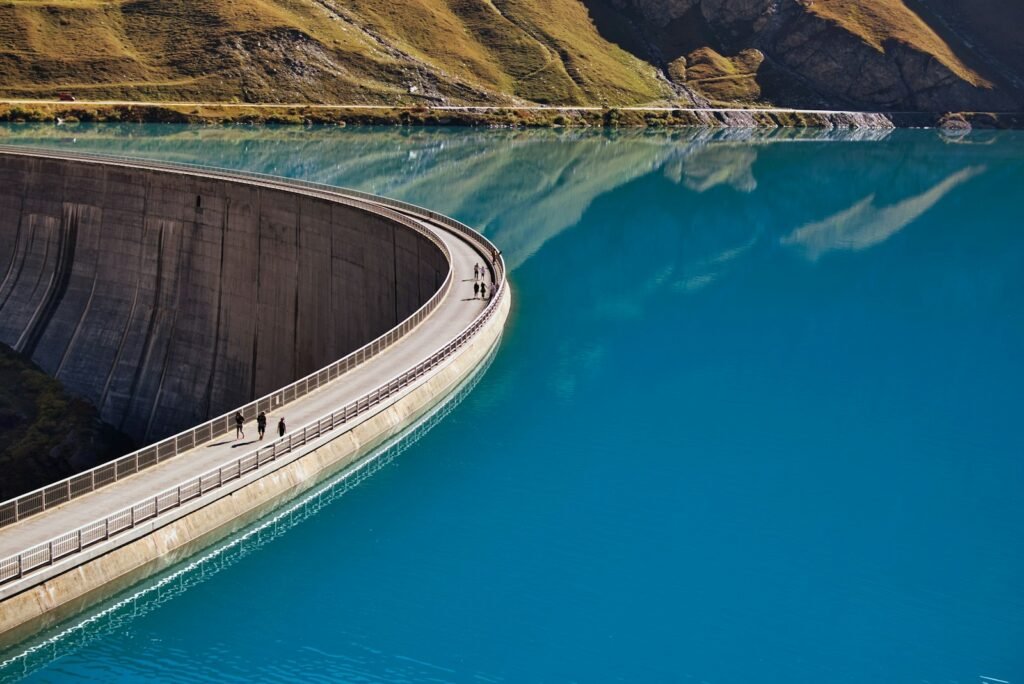
Dams show how people can change the basic processes of the Earth, from moving poles to changing oceans. They won’t fix the climate crisis, but their unintended effects, like polar wander, show how connected all the systems on Earth are. Valencic says, “We’ve moved mountains.” We’re moving the Earth itself now.
Sources:

Suhail Ahmed is a passionate digital professional and nature enthusiast with over 8 years of experience in content strategy, SEO, web development, and digital operations. Alongside his freelance journey, Suhail actively contributes to nature and wildlife platforms like Discover Wildlife, where he channels his curiosity for the planet into engaging, educational storytelling.
With a strong background in managing digital ecosystems — from ecommerce stores and WordPress websites to social media and automation — Suhail merges technical precision with creative insight. His content reflects a rare balance: SEO-friendly yet deeply human, data-informed yet emotionally resonant.
Driven by a love for discovery and storytelling, Suhail believes in using digital platforms to amplify causes that matter — especially those protecting Earth’s biodiversity and inspiring sustainable living. Whether he’s managing online projects or crafting wildlife content, his goal remains the same: to inform, inspire, and leave a positive digital footprint.

